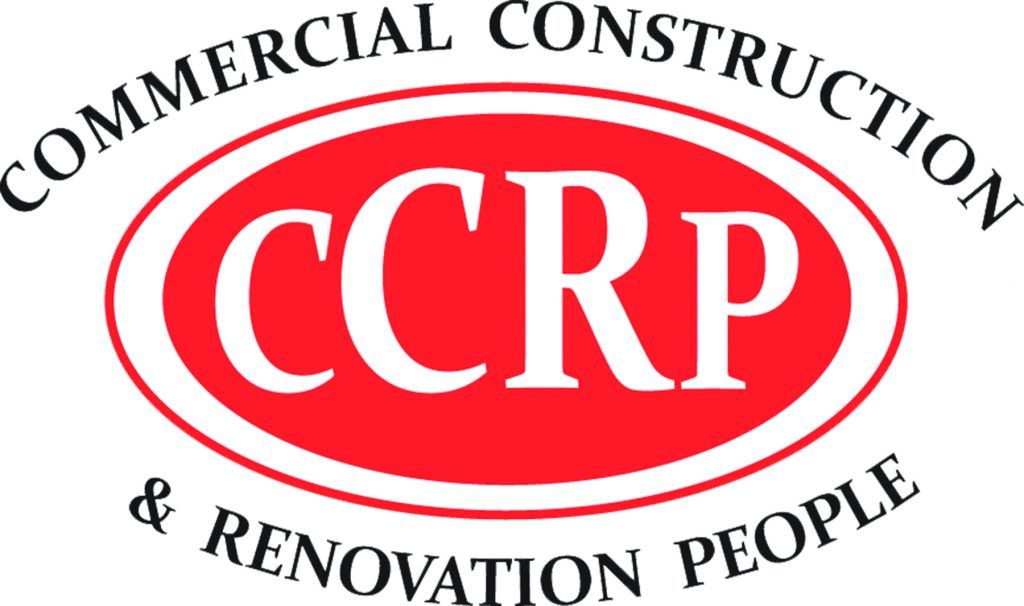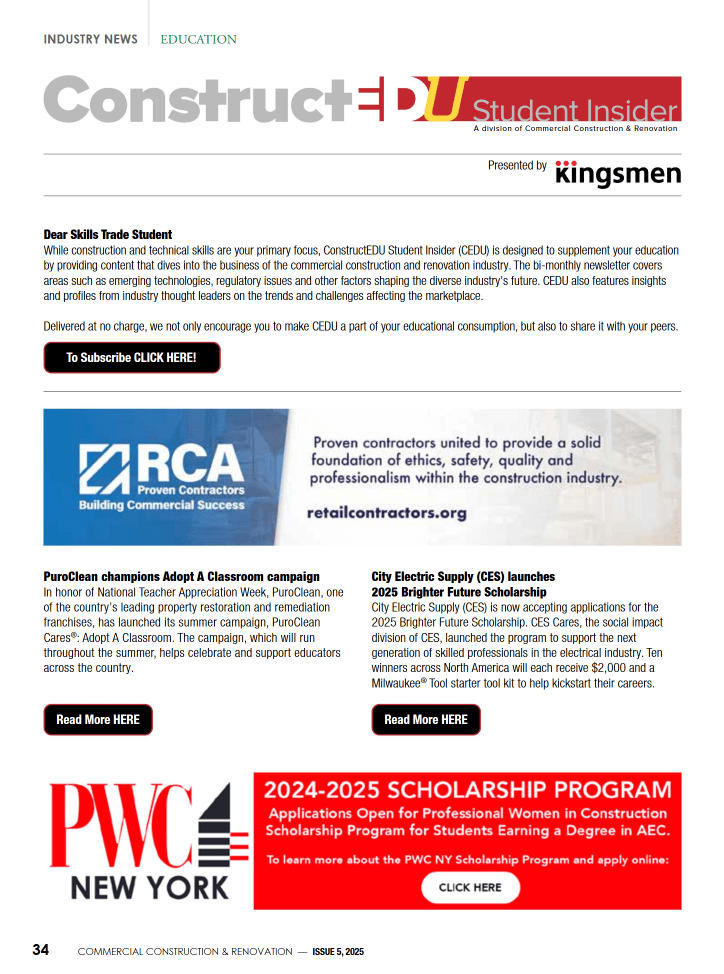With the world moving towards cleaner forms of energy, Solar power has turned out to be one of the most easily available. As effective technologies that can be utilized by both residential and commercial consumers. However, traditionally, solar adoption has been heavily concentrated in states with high sunshine, such as California and Arizona,and the Northeast states. Such as Connecticut are beginning to demonstrate that solar can be successful even in lower sun storm environments.
Growth of Solar in Connecticut
Despite moderately low levels of solar radiation, Connecticut is one of the leading U.S. states in terms of clean energy policy. In the past ten years, the state has made ambitious renewable energy commitments. With a target of getting 100 percent of its power from zero-carbon sources by 2040. Solar energy is of significance towards achieving this target.
Solar power has undergone considerable development in the state. Thousands of homes and businesses are now equipped with solar photovoltaic (PV) systems. This growth has taken place because of several reasons:
- Incentive Programs: State-sponsored incentives, such as the Residential Renewable Energy Solutions program, reduce the price of solar.
- Net Metering: This will enable users to feed the excess energy into the grid and get credits on their utility bills.
- Green Bank Financing: Connecticut Green Bank assists in making clean energy technologies more affordable by using innovative loan and lease programs.
Such programs not only increase the affordability of solar. But also contribute to the local economy, helping to create jobs around solar installation and maintenance.
Is Solar Energy Effective in Connecticut’s Climate?
Among the many myths surrounding solar energy is the idea that the energy needs direct and uninterrupted sunlight in order to work. Although it is a fact that solar panels are most efficient on sunny days, they do not cease to produce electricity on cloudy days and in winter seasons.
In Connecticut, there is an average of 3.5 to 4.5 hours of peak sun daily. Although this is not as much as in states such as Nevada, it is enough to make solar a worthy investment, especially when systems are correctly sized and installed.
A number of design options can enhance lower-sunlight performance:
- Panel Orientation and Tilt: The panels that are facing south and have an optimal tilt angle are able to collect the most sunlight all year long.
- High-Efficiency Panels: Panels made by reliable companies are able to produce more electricity per square foot.
- Battery Storage: Solar systems can be coupled with energy storage to store surplus energy to be used at night or during peak periods.
Due to these variables, it can be very important to deal with a well-informed Solar Company in Connecticut to achieve a much better result in efficiency and investment payoff.
Financial Side: Cost, Incentives, and Payback Periods
Installation of the solar panels in Connecticut may cost between 15,000 dollars and 30,000 dollars before incentives, depending on the energy requirements and system size. Nevertheless, a number of financial mechanisms render this expense much more affordable:
1. Federal Investment Tax Credit (ITC)
Home and business owners can claim a deduction of 30 percent of the installation cost as a federal tax.
2. State Programs and Rebates
The Residential Renewable Energy Solutions program gives performance-based incentives over 6 years, in which monthly payments are given based on each kilowatt-hour (kWh) of energy produced.
3. Property Tax Exemptions
Connecticut does not assess your property tax higher because of the addition of a solar system, so the value that you enjoy because of installing a solar system is safeguarded.
4. Net Metering and Buyback Programs
When your solar system is generating more power than you need, you can export it to the grid and get credits to use against future bills.
With these incentives, the residential solar systems in Connecticut have an average payback period of between 6 and 9 years. Thereafter, the homeowners have practically free electricity as long as the system lasts, which is 25 or more years.
Final Thoughts
In Connecticut, the use of solar energy is not a fad but a realistic long-term response to the increasing energy prices and environmental issues. Through a combination of adequate policy support, financial incentives, and local expertise, the idea of going solar becomes not just an accessible but also a profitable prospect to a great number of residents and businesses.
So, you are thinking about going solar, then make sure you talk to a reputable Solar Company in Connecticut to discuss your options and make sure your investment is performing, reliable, and will save you money in the long run.




























